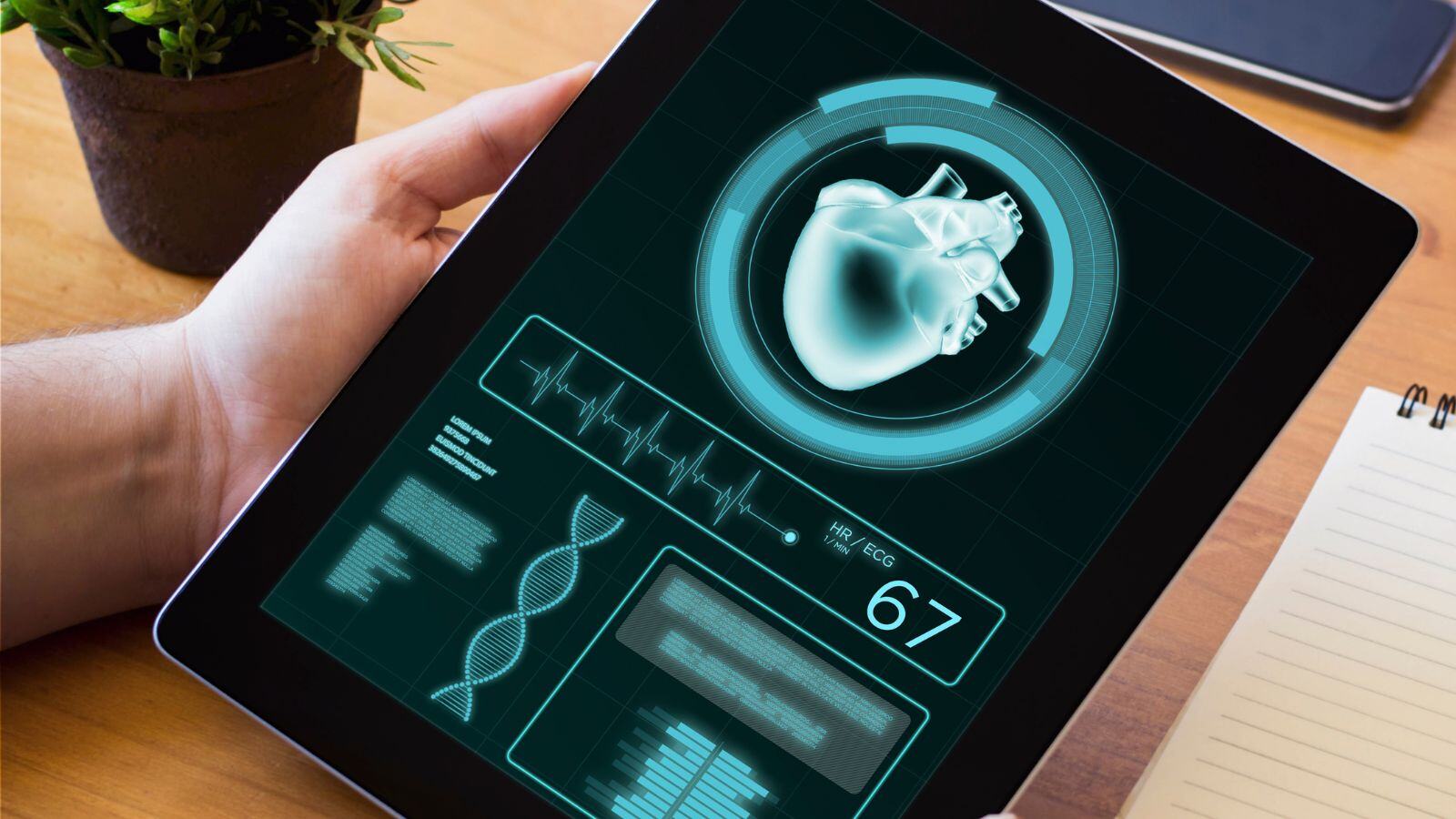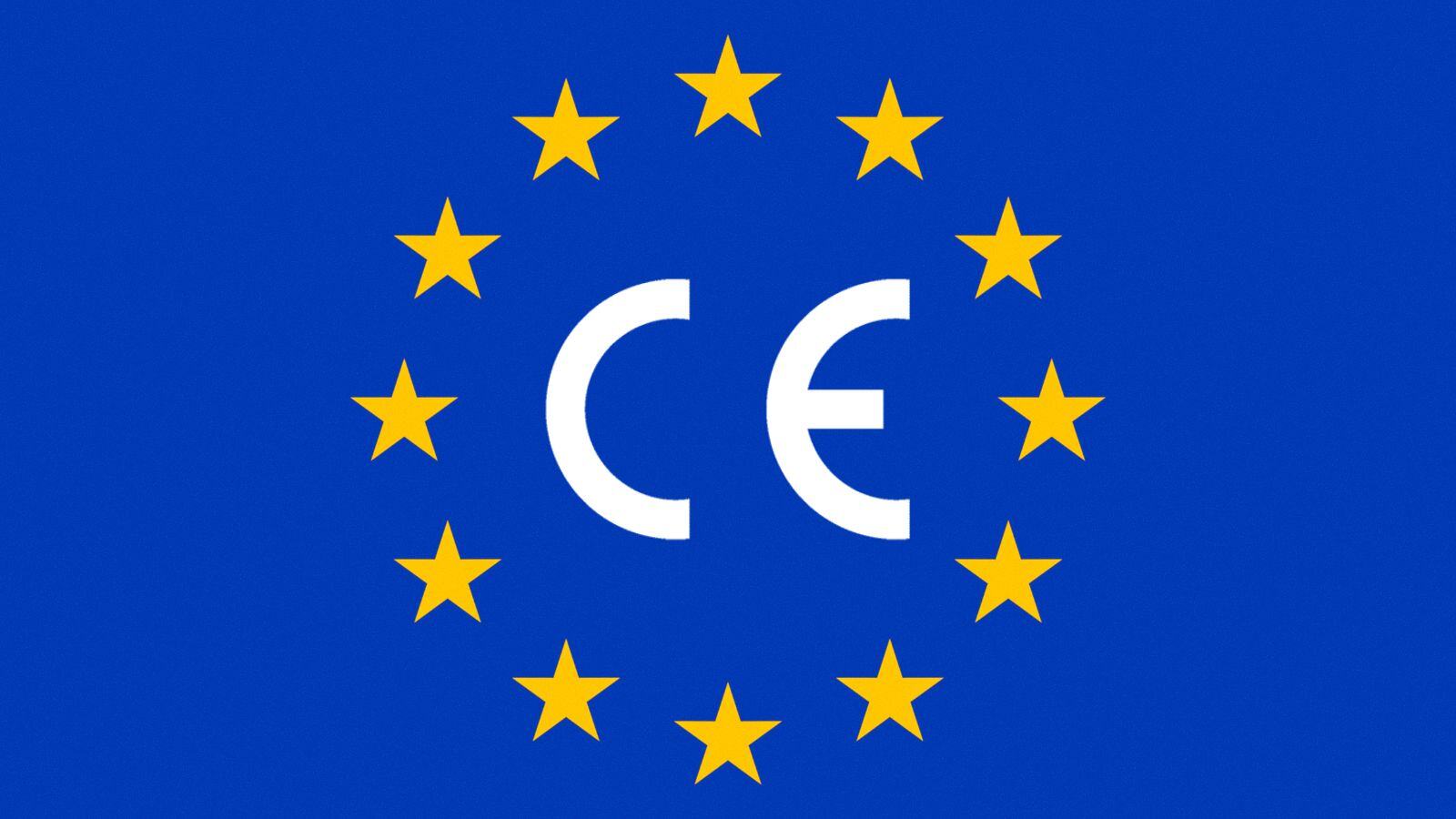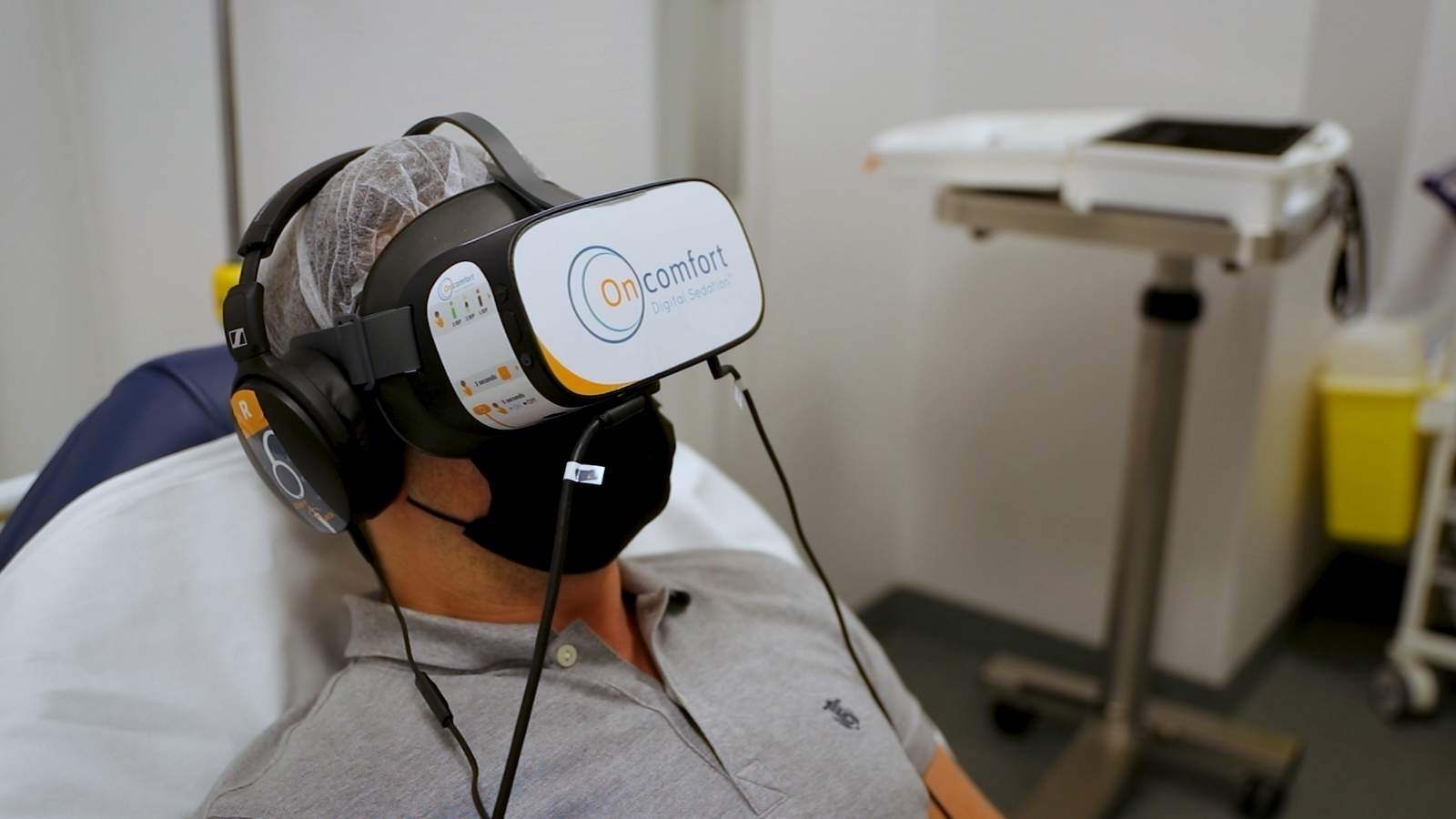- his or her agreement,
- demonstrate his or her understanding of a document,
- or make a legal commitment.
In regulated industries, signatures in paper documents express a clearly defined intent, such as approval, review, rejection, or authorship of documents that are part of the quality management system and are of significant importance for the quality of the product.
The expression of these intentions is always related to the processes carried out within the company, regardless of the industry in which it operates.
From paper signatures to electronic signatures
When paper documents are abolished and replaced by electronic documents, the electronic signature serves the same purpose as a handwritten signature, and to be equivalent it must meet these characteristics:
- The signature must be unique to each person and cannot be used, shared, or transferred by another person.
- The signature must be associated with the identity of each person and the identity must be previously verified and documented by each organization before it is used.
In some countries, electronic signatures must be certified by a regulatory agency to validate equivalence with the handwritten signature (e.g. the FDA in the US). This agency will certify that this electronic signature is the legal equivalent of the handwritten.
How can an electronic document be signed?
In an electronic document, 3 types of signatures can be found that are often used interchangeably, but they are not the same (caution is therefore required):
- A digitized signature consists of transferring a handwritten signature to a digital medium in such a way that it retains its graphic appearance, for example, when a photograph is taken, when it is digitized in the form of an image using a scanner or when a digitization interface of writing is used.
- A digital signature is a cryptographic mechanism that allows a recipient to identify the sender of a message and verify that the message has not been altered since it was signed. Cryptography is a technique that allows documents and their contents to be protected by using a code that only the sender and receiver know and can both decipher.
- An electronic signature is an assembly of symbols, or a set of symbols executed, approved, or authorized by another person, representing the equivalent of a person’s handwritten signature.
Is the use of electronic signatures secure?
Of course it is!
However, it is important to know in detail what characteristics an electronic signature must have and to verify that the technological means used can meet the requirements of the regulated industry.
To demonstrate the validity and security of validation tests, one must not forget to include the electronic signature in these tests.
During the pandemic, electronic signatures gained popularity and proved their true value, as they allowed many processes and trials to continue despite measures of social distancing.
Conclusion
Based on all of the above, we can summarize that in regulated industries, a signature expresses in writing an intention related to the identity of a person; this intention is usually related to the company’s internal processes.
With the changes in the global environment, the process of signing documents has changed in such a way that it is becoming more common to integrate technology into all types of processes, and signing is no exception.
However, given the context and requirements of the regulated industry, it is necessary to have knowledge that supports decision-making when selecting the right signing tool.







.png?width=109&height=108&name=Pharma%20(2).png)
.png?width=111&height=108&name=Medical%20Devices%20(2).png)
.png?width=84&height=107&name=IVD%20(2).png)













.jpg)




















%20Checklist.jpg)









.jpg)

















.jpg)
.jpg)



.png)

.jpg)
.jpg)


.jpg)
.jpg)

.jpg)

.png)